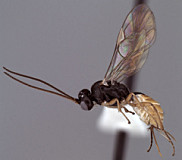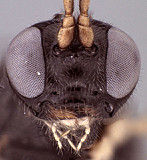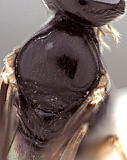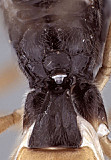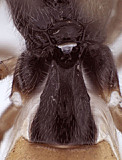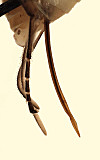This page was assembled by Bob Wharton as part of a larger collaborative effort on the genera of Ctenopelmatinae. This work would not have been possible without the groundwork provided by Ian Gauld’s study of the Australian and Costa Rican faunas, and we are particularly grateful for his assistance in many aspects of this study. We also thank David Wahl for useful feedback throughout our study, to Gavin Broad for exchange of information on Perilissini and especially to John Heraty for collecting fresh specimens from Chile. Matt Yoder provided considerable assistance with databasing issues, and our use of PURLs (http://purl.oclc.org) in this regard follows the example of their use in publications by Norm Johnson. Andrea Walker, Amanda Ladigo, Heather Cummins, and Cheryl Hyde graciously assisted with image capture, processing, formatting. and literature retrieval. This study was supported by the National Science Foundation’s
PEET program under Grant No.
DEB 0328922 and associated
REU supplement nos
DEB 0723663 and 1026618. Page last updated June, 2011.
This material is based upon work supported by the National Science Foundation under Grant Number DEB 0328922 with REU supplements DEB 0723663 and number 1026618.
Any opinions, findings, and conclusions or recommendations expressed in this material are those of the author(s) and do not necessarily reflect the views of the National Science Foundation.

